How much is the authentic Blue Mountain coffee? How much is a cup of blue mountain coffee? Where can I buy authentic Blue Mountains?
Purchase and Identification of Blue Mountain Coffee
In the early years, there were no formal import channels in China, and Blue Mountain, which was already relatively rare, was even more rare in China. It was forced to drink a cup of Blue Mountain Coffee, which was forced to break the watch. As a result, "Blue Mountain Coffee in domestic cafes are fake", "Blue Mountain Coffee can not be bought in China" and other theories have even spread to this day. However, even in the days when there were no formal channels, the blue mountain coffee consumed in the Chinese market still accounted for 15% of the world's total consumption. so much so that Jamaicans were so surprised that they almost dislocated their jaw (probably mainly because of the price of blue mountain coffee in the Chinese market.), so they began to pay attention to the Chinese market, and now it is not difficult to buy blue mountain coffee in China. Hangzhou Dan Shirui is the sole agent. The channel is not limited to this one. There are both private channels and cooked beans imported through a third country.
Identify Blue Mountain Coffee, retail packaging can generally be certified from CIB logo and Jamaica Blue Mountain? Trademark discrimination. UCC Blue Mountain is not logo is also reliable, there are certification logo and trademark, you can go to the CIB official website to check whether this company has CIB authorization. Certificate of origin can be checked for bulk ones, because bulk ones are generally sold from 70kg barrels, each barrel will be accompanied by a certificate of origin.
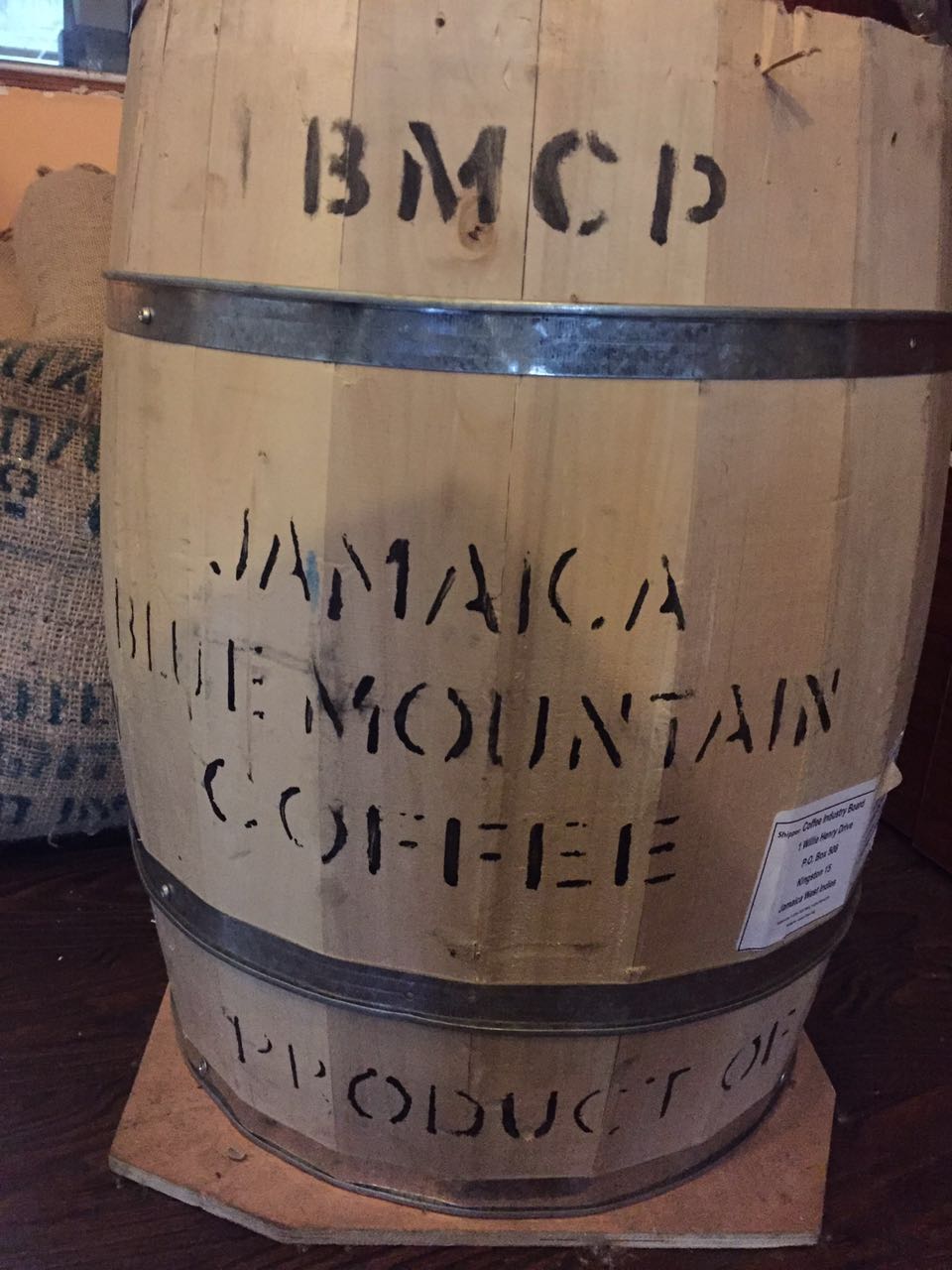
About CIB and CIB Certification
The Coffee Industry Board of Jamaica, the Jamaica Coffee Industry Authority, is the government agency responsible for coffee in Jamaica, which oversees, regulates and directs the cultivation, processing and trade of coffee in Jamaica, as well as the ownership of the famous Wallenford manor and Jamaica Blue Mountain? Trademark ownership.
Like champagne, Blue Mountain Coffee itself represents a legal production area, which is more than 2200 feet above the Blue Mountain Mountains. The coffee produced in the legal producing area is qualified to be marked with round Blue Mountain Coffee logo (pictured below) on the package, and the certificate of origin is usually attached if it is in a wooden barrel (including the 70kg barrel mentioned above). Coffee grown below 2200 feet in the Blue Mountains is not allowed to use the following logo and Jamaica Blue Mountain? Trademark. So, buy Blue Mountain and recognize this circle (remind me again, Blue Mountain of UCC is an exception)!
Blue Mountain Coffee Certified logo of logo CIB
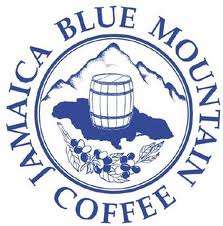
Attach the list of authorized exporters on CIB's official website:
What Blue Mountain Coffee is worth buying-Blue Mountain Coffee and those things Country Traders Limited (89 yuan Blue Mountain company), UCC, Wallenford, Golden Cup can all be found on it, and you can also see the detailed license scope.
The grading of Blue Mountain Coffee
Blue Mountain Coffee is divided into three categories from high to low:
Blue Mountain No.1 (Blue Mountain No.1), also known as Blue Mountain No.1, is the top Blue Mountain Coffee. It is screened by Smuri 17amp 18 screen, and the defective beans are less than 2%.
Blue Mountain No.2 (Blue Mountain No.2), screened by Smur16ram 17 screen, the bean size is slightly smaller than Lanshan 1, and the defective bean is less than 2%.
Blue Mountain No.3 (Blue Mountain No.3), screened by Smur15ram 16 screen, beans are smaller than No.2 and defective beans are less than 2%.
Blue mountain round beans (Blue Mountain Peaberry, or Blue Mountain P.B), more than 96% of round beans, less than 2% of defective beans, this is actually a special selection of beans, many people think that this grade of beans is actually above No.1, and some people think that it is between No.1 and No.2.
Blue Mountain selection (Blue Mountain Triage, also translated as Blue Mountain mixture), a mixture of the above four, defective beans are less than 4%, which are actually unscreened beans.
As for beans produced outside the legal producing areas of the Blue Mountains in Jamaica, they fall into the following three categories:
Gaoshan (High Mountain), Smur17max 18 screen screening, defective beans less than 2%
Jamaican quality (Jamaica Prime), Smur16tap 18 screen screening, defective beans less than 2%
Jamaica Select (Jamaica Select), Smur15ax 18 screen screening, defective beans less than 4%
PS: about the screen, screen 17 means the size of the screen is 17x64 inches, or 6.75mm (put down your ruler and cooked beans, which means the size of raw beans, which will increase after baking). The higher the size of the screen, the larger the size of the beans, the more varied the flavor of the beans.
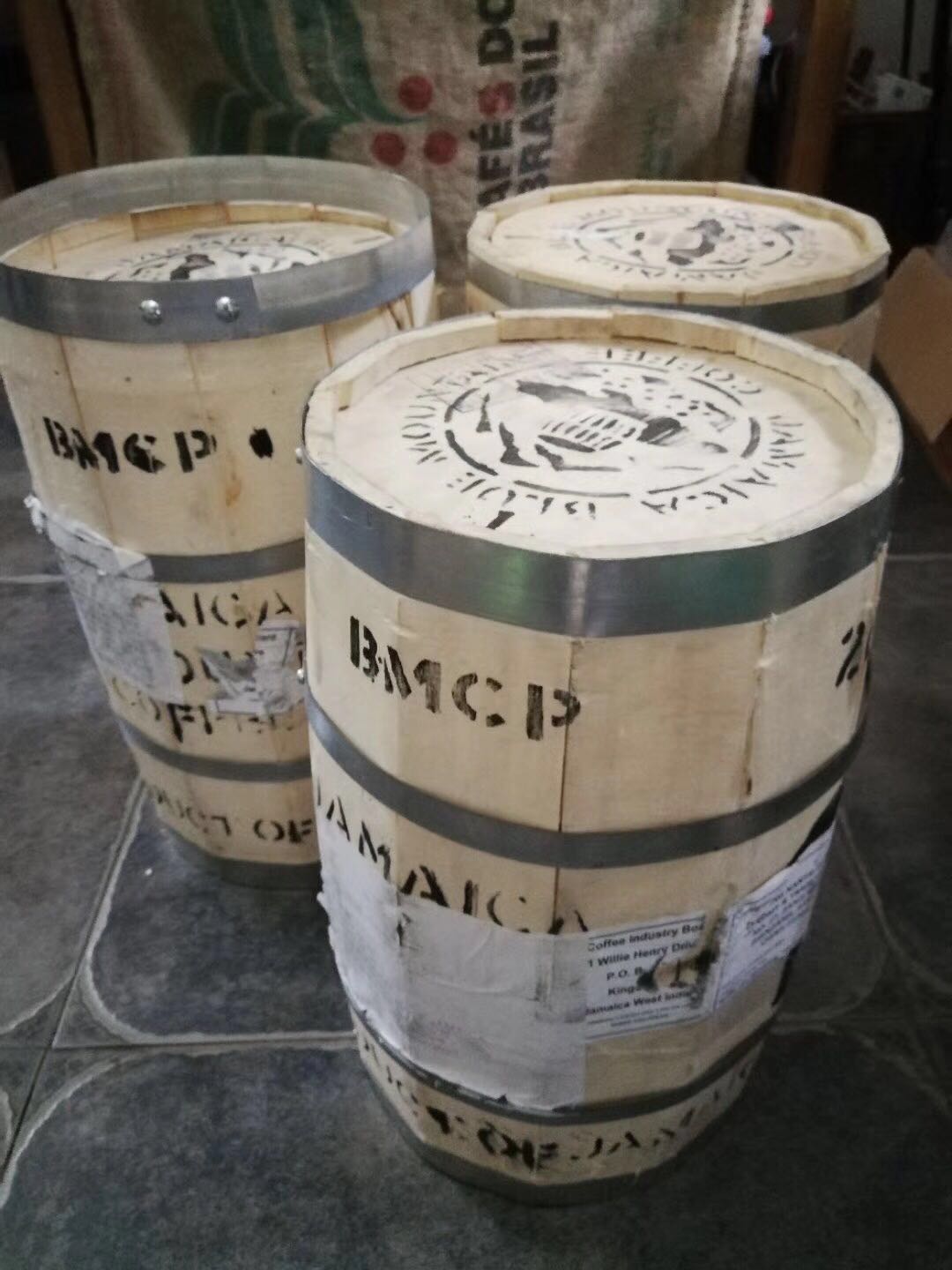
A story about quotas
In 1969, Jamaica was hit by a severe hurricane and plantations suffered heavy losses. Mud blast UCC provided a lot of assistance to revive the Jamaican coffee industry. In return, Jamaica signed an agreement with Japan in 1972 to allocate 90% of the Blue Mountain Coffee quota to Mud Boom. Europe and the United States each allocate 5%, so the Japanese buy most of the Blue Mountain coffee to this day. But even if the Japanese buy it, will the Japanese be stupid enough to leave it all to themselves? Now that we have monopolized the market and sold the price elsewhere, that is a great deal. The reason why UCC does not put CIB serious logo on the package is also here, the whole market is almost UCC, there is no need at all! My big UCC Blue Mountain still needs your CIB certification?!
Varieties of Blue Mountain
Iron pickup coffee beans
Typica: the shape is oval, and the bean body is thin from the side. even if the altitude of the planting area is different, the thickness of the side of the raw bean will not be too different.
Iron card species are most likely to be taken by Yemenis from Ethiopia to Malabar and India, and then to Indonesia by the Dutch. It was then brought from West India to the French colony of Martinique.
Subsequently, it grew in other planting areas and gave rise to many variants: Criollo (South America), Arabigo (Central America), Kona (Hawaii), Pluma Hidalgo (Mexico), Garundang (Sumatra), Blue Mountain (Jamaica, Papua New Guinea), San Bernado & San Ramon (Brazil), Kents & Chickumalgu (India).
These are all tin cards.
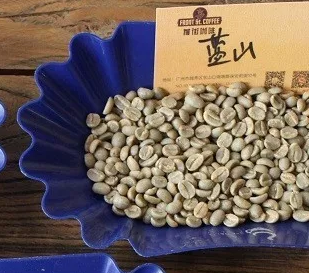
Make a cup of blue mountain coffee
Blue Mountain coffee brewing is quite a test of technology, the difference between high and low technology, the taste can change from delicious to Chinese herbal medicine. I used the Philharmonic to rush the 89-yuan Blue Mountain and washed 6 cups (I only feel that I am barely qualified for the second time, and I will explain the operation in detail later), and now I only have a rough idea.
It is generally accepted that the best way to make Blue Mountain is to use a siphon pot, moderately ground or moderately fine, but considering that siphon pots test their skills no matter what kind of coffee they make, it is better for us losers to stay away.
The second is the kettle and drip filter, the kettle should be roughly ground, but the filter is not clean, which will affect the taste and is not recommended. Trickling filtration can be made by moderate grinding, and the operation details can be made with reference to the general trickling type. No matter which production method, the water temperature should be controlled at 80-85 degrees Celsius, too low to fully extract the delicacy of the Blue Mountain, too high will lead to excessive extraction. The worst of the 6 cups I made was because the water temperature was too high and the soaking time was a little longer.
The following is my own experience of using Philharmonic pressure for reference only:
It is troublesome to control the water temperature. The KENWOOD AP250 thermos bought by the loser can only set the water temperature at 98pm 90pm 70max 60 / natural cooling, so I first set the water temperature to 90, then rinse the cup first, pour out the water in the cup, reload it with about 150ml hot water, put it aside, push the Philharmonic pressure piston into the cylinder for about one centimeter, and fill it with moderately finely ground coffee powder. Put a piece of filter paper in the filter and wet it, pour the hot water in the cup into the Philharmonic pressure, stir for about 15 seconds, then rest for 30 seconds, install the filter, put the Philharmonic pressure on the cup, slowly press the piston down, and control the time of pressing the piston at about 20 seconds. To sum up, basically using the Philharmonic as a method of suppressing what Blue Mountain Coffee is worth buying-- Blue Mountain Coffee
The amount of water used is more than that recommended by Philharmonic pressure, and it has also been made according to the amount of water recommended by Philharmonic pressure, so it is better to use more water. First rinse the cup with hot water, one is sanitary, and the other is to heat the cup a little. The second time the water is poured into the cup, one is the warm cup, the other is to cool the water to about 80 degrees 85 degrees, this time needs to be adjusted according to the size and material of the cup.
Steam coffee machine or pump coffee machine is not recommended, steam temperature is too high, pump pressure is easy to extract too much, Blue Mountain Coffee is not suitable for espresso.
Baking degree: medium and deep baking
Dry aroma: roasted peanuts (roasted peanut), hazelnuts (hazelnut), melons (melon), chocolate (chocolate-like)
Wet fragrance: oolong tea (rose-tea), caramel (caramel), honey (honey), chocolate (black- chocolate), almond skin (almond skins), silky taste (silky mouthfeel), bright feeling (brightness)
Taste: sweet, bitter and shallow, mellow and balanced, rich in layers, with obvious taste of dark chocolate, honey and sucrose, with a sticky feeling. After complete cooling, the strong aroma of oolong tea has the sticky feeling of caramel syrup when touched with fingers.
Recommended cooking method: hand flushing
Degree of grinding: 4 (Fuji R440)
Water temperature: 88 °C
Other suggestions for trickling extraction:
Normal pressure, recommended grinding degree of 3.5-4 / water temperature 90 °C
Philharmonic pressure, recommended 2.5 grinding degree, water temperature 88 °C
Siphon kettle: 3.5 grindability
Taobao link: https://item.taobao.com/item.htm?spm=a1z10.5-c.w4002-15673140460.16.7381cc34wfswjY&id=541007639512
Important Notice :
前街咖啡 FrontStreet Coffee has moved to new addredd:
FrontStreet Coffee Address: 315,Donghua East Road,GuangZhou
Tel:020 38364473
- Prev
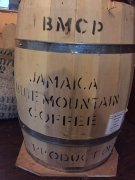
Which is the most expensive coffee in the world, Jamaica Blue Mountain or Hawaiian Kona?
The purchase and identification of Blue Mountain Coffee in the early years there was no formal import channel in China, and Blue Mountain, which is already relatively rare, is even more rare in China. To be able to drink a cup of Blue Mountain Coffee is a matter of forcing the blue mountain coffee to break the table. as a result, the Blue Mountain coffee in domestic cafes are all fake, and the theory that Blue Mountain coffee is not available in China has even spread to this day. However, even in the days when there were no formal channels, China
- Next

Blue Mountain Coffee, Blue Mountain blend, Blue Mountain flavor coffee compare how to drink Blue Mountain Coffee to lose weight
Does Blue Mountain Coffee lose weight? There are many opinions about the effect of coffee on weight loss.
Related
- Detailed explanation of Jadeite planting Land in Panamanian Jadeite Manor introduction to the grading system of Jadeite competitive bidding, Red bid, Green bid and Rose Summer
- Story of Coffee planting in Brenka region of Costa Rica Stonehenge Manor anaerobic heavy honey treatment of flavor mouth
- What's on the barrel of Blue Mountain Coffee beans?
- Can American coffee also pull flowers? How to use hot American style to pull out a good-looking pattern?
- Can you make a cold extract with coffee beans? What is the right proportion for cold-extracted coffee formula?
- Indonesian PWN Gold Mandrine Coffee Origin Features Flavor How to Chong? Mandolin coffee is American.
- A brief introduction to the flavor characteristics of Brazilian yellow bourbon coffee beans
- What is the effect of different water quality on the flavor of cold-extracted coffee? What kind of water is best for brewing coffee?
- Why do you think of Rose Summer whenever you mention Panamanian coffee?
- Introduction to the characteristics of authentic blue mountain coffee bean producing areas? What is the CIB Coffee Authority in Jamaica?

